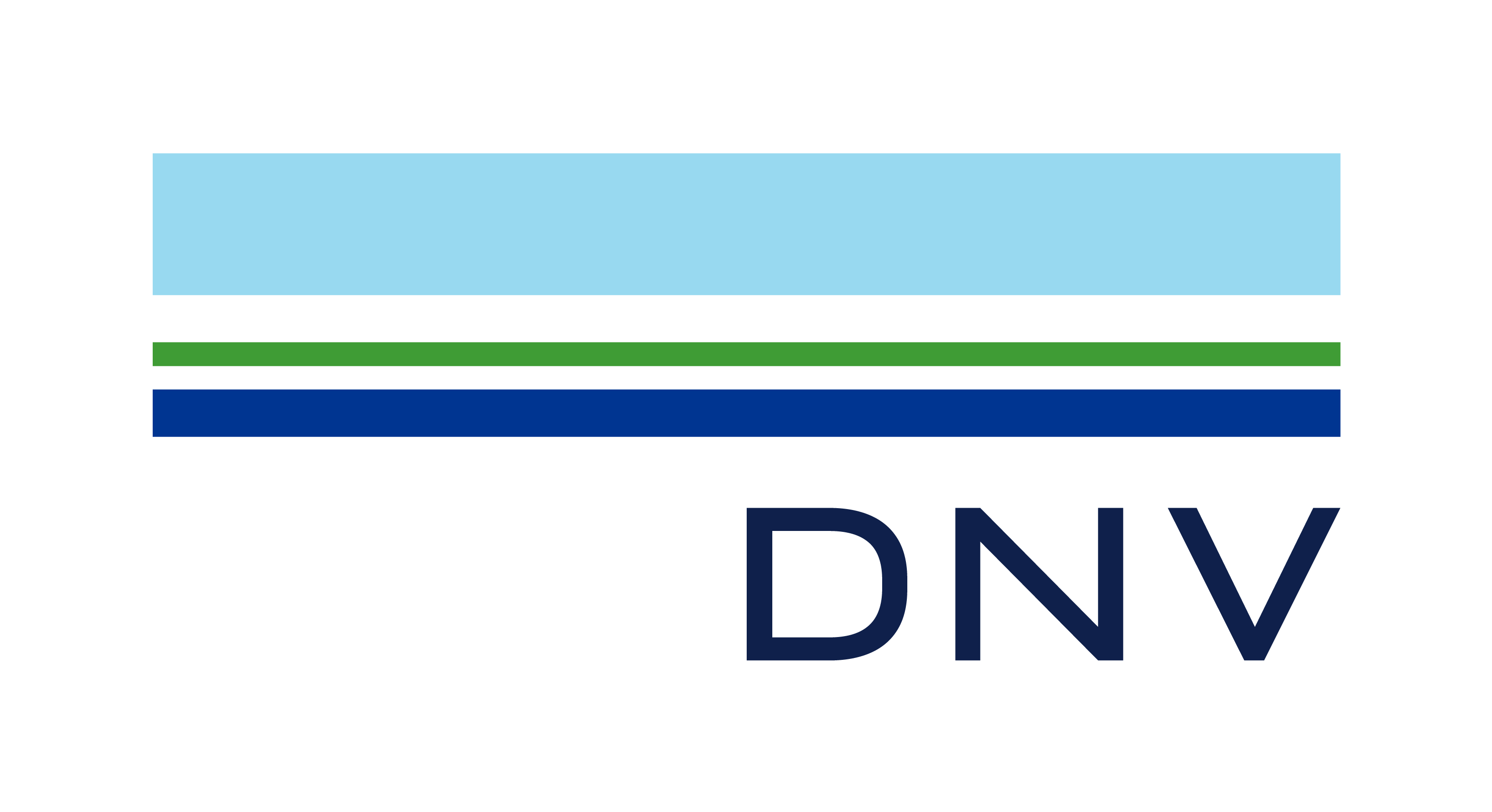- MyISRS
- Features and Benefits
- References and Case Studies
- ISRS Training
- ISRS Book of Knowledge
- ISRS9 Book of Knowledge
- 1. Leadership
- 2. Planning and Administration
- 3. Risk Evaluation
- 4. Human Resources
- 5. Compliance
- 6. Projects
- 7. Competence
- 8. Communication and Promotion
- 9. Risk Control
- 10. Asset Integrity
- 11. Contractors and Suppliers
- 12. Emergency Preparedness
- 13. Learning From Events
- 14. Risk Monitoring
- 15. Results and Review
- History of ISRS
- Log In Help

3. Risk Evaluation
The first duty of managers is to effectively manage risk. Risk management begins with the identification of hazards, and the analysis and evaluation of the risks the organisation and its personnel are exposed to. These hazards relate to the potential loss of occupational health, occupational safety, process safety, environment, quality, security, energy, knowledge and/or social responsibility. Employees must have a good awareness, clear understanding, and a sense of vulnerability to the hazards and risks they are exposed to. A team approach to risk evaluation will drive a strong risk culture in the organisation. A hierarchical approach to control of risks should be applied. If elimination and substitution are not possible, then the organisation must identify the engineering, procedural and protective equipment controls necessary to make the risk tolerable.
Risk Evaluation explained by Lintang Adi Pradana from DNV GL Indonesia


